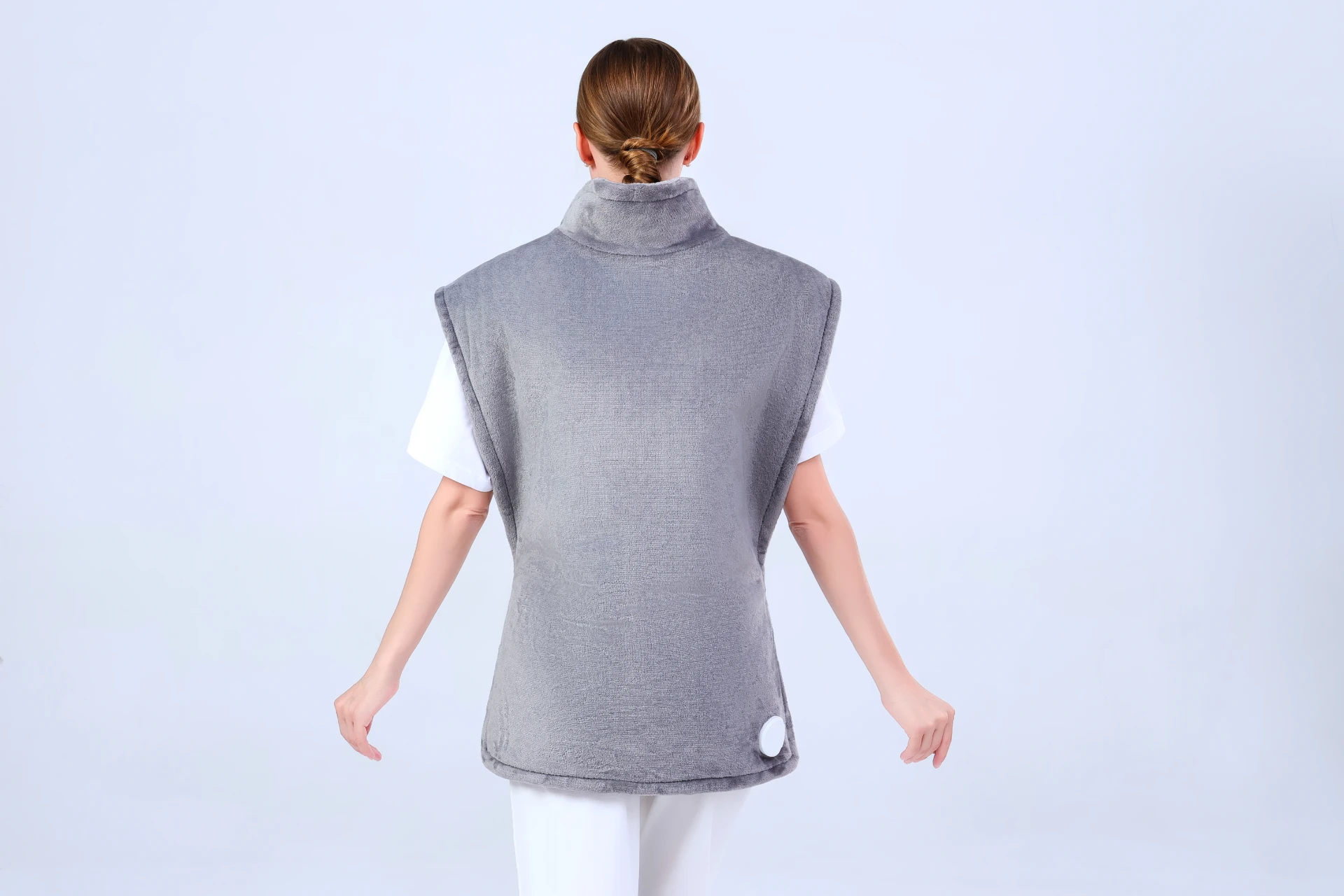
Oct . 21, 2024 10:46 Back to list
Understanding the Operating Costs of Heated Throws for Efficient Home Use
The Cost of Running a Heated Throw An In-Depth Analysis
As the chill of winter sets in, many people seek comfort and warmth in various ways, and a heated throw blanket becomes a popular choice. These electric blankets provide soothing warmth, making them perfect for cozying up on the couch during cold evenings. However, one important aspect that many consumers consider before purchasing is the cost to run a heated throw. This article explores the factors that influence the operating costs and how to manage them effectively.
Understanding the Basics
Heated throws generally consist of an electric blanket that uses wires or coils to generate heat. Most models offer adjustable heat settings, which can vary the amount of energy consumed. The key to calculating the cost of running a heated throw lies in understanding two main factors wattage and usage time.
Typically, heated throws range from 50 to 200 watts, depending on the model and the heat settings chosen. For example, a blanket rated at 100 watts will consume 0.1 kilowatt-hours (kWh) of electricity for each hour of use. To put this into perspective, if you use a 100-watt heated throw for three hours a day, it will consume 0.3 kWh daily.
Calculating the Costs
To determine the cost of running a heated throw, you need to know the wattage, the increase in energy consumption, and the cost of electricity in your area. In the United States, the average cost of electricity is approximately $0.13 per kWh. Taking our previous example, the daily cost to run a 100-watt heated throw for three hours would be
\[ \text{Daily Cost} = \text{Power (kWh)} \times \text{Electricity Rate} \] \[ \text{Daily Cost} = 0.3 \, \text{kWh} \times 0.13 \, \text{USD/kWh} = 0.039 \, \text{USD or approximately 4 cents} \]
heated throw cost to run

If used daily, this amounts to approximately $1.17 per month, or about $14.40 over the winter season (assuming four months of usage).
Efficiency and Comfort
When considering the cost to run a heated throw, comfort and efficiency also come into play. Many models are designed with advanced heating technologies that not only provide quick warmth but also use less energy compared to older designs. Choosing an energy-efficient model can significantly reduce costs over time. Additionally, heated throws with timer features or automatic shut-off capabilities can help prevent unnecessary energy consumption.
It’s also worth noting that using a heated throw can be more energy-efficient than heating an entire room. Rather than cranking up your home’s thermostat and heating the entire space, using a heated throw allows you to focus warmth on a localized area, potentially resulting in lower overall heating costs throughout the season.
Tips for Reducing Costs
1. Choose the Right Model Look for models with lower wattage, multiple heat settings, or energy-saving features to optimize efficiency. 2. Limit Usage Time Be mindful of how long you run your heated throw. Use it only when needed, and consider setting a timer for automatic shut-off. 3. Layer Up Wear warm clothing or additional layers when using a heated throw. This will allow you to use lower heat settings and save on electricity. 4. Maintain Your Home’s Temperature Ensure your home is properly insulated. This keeps the warmth in and reduces the need for additional heating.
Conclusion
Heated throws are a cozy and cost-effective solution for staying warm during the colder months. By understanding the associated costs and implementing strategies to manage energy use, consumers can enjoy the comfort of a heated throw without stressing over electricity bills. With careful selection and usage, a heated throw can be an excellent investment in winter comfort.
-
Innovations and Applications of Modern Electric Heating Blankets
Jul.07,2025
-
Innovations and Applications of Electric Fleece Blanket Systems
Jul.07,2025
-
Functional and Cozy Solutions for Personalized Warmth
Jul.07,2025
-
Essential Comfort and Warmth Solutions: Heated Blanket Variants
Jul.07,2025
-
Enhancing Coziness with Warmth - Centric Blanket Solutions
Jul.07,2025
-
Enhancing Comfort and Warmth: Electric Blanket Solutions
Jul.07,2025
Realted Products



